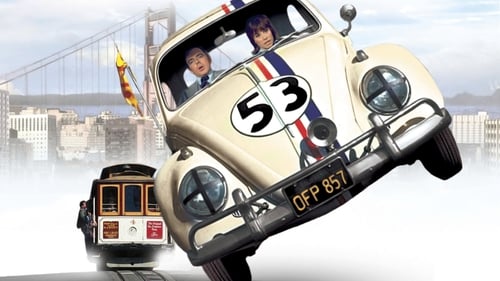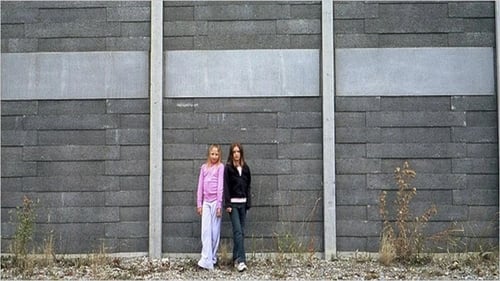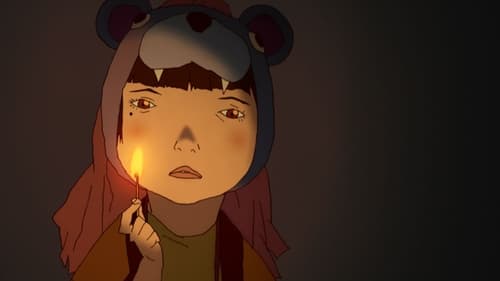Plán (2014)
Género : Documental
Tiempo de ejecución : 0M
Director : Benjamin Tuček
Escritor : Benjamin Tuček
Sinopsis

Since World War II North Americans have invested much of their newfound wealth in suburbia. It has promised a sense of space, affordability, family life and upward mobility. As the population of suburban sprawl has exploded in the past 50 years Suburbia, and all it promises, has become the American Dream. But as we enter the 21st century, serious questions are beginning to emerge...

Undine trabaja como historiadora dando conferencias sobre el desarrollo urbano de Berlín. Pero cuando el hombre que ama la abandona, el antiguo mito la alcanza. Undine tiene que matar al hombre que la traiciona y volver al agua.

Un promotor inmobiliario ha comprado varios bloques en el el centro de la ciudad para construir una alameda gigantesca. El único obstáculo lo representa una anciana viuda que no está dispuesta a vender su vivienda. El promotor recurre entonces a toda clase de argucias para conseguirlo. Pero la viuda cuenta con la ayuda de Herbie, el Volkswagen fantástico.

Since the end of World War II, one of kind of urban residential development has dominate how cities in North America have grown, the suburbs. In these artificial neighborhoods, there is a sense of careless sprawl in an car dominated culture that ineffectually tries to create the more organically grown older communities. Interspersed with the comments of various experts about the nature of suburbia

En Treasure Town, donde la luna sonríe y los chicos pueden volar, la vida puede ser tan maravillosa como terrible. Kuro y Shiro, dos huérfanos que se buscan la vida como pueden, otean la ciudad como halcones y no paran de meterse en líos. Su reinado en las alturas tocará a su fin cuando aparezca un grupo de mafiosos. La ciudad está en peligro, y Kuro y Shiro están dispuestos a acudir al rescate aunque tengan que enfrentarse a la yakuza y sus "aliens asesinos". Basada en el manga de Taiyou Matsumoto, "Tekkonkinkreet" combina la animación tradicional con las más moderna tecnología en 3D.

The Kowloon Walled City in Hong Kong was once the densest place on earth, a virtually lawless labyrinth of crime, grime, commerce and hope. A Wall Street Journal documentary tracks its colorful legacy and brings the place alive 20 years later.

Rotterdam 2040 is a film about the city’s future, departing from the principle of Gyz La Rivière that you can’t look ahead without considering your past (something that hasn’t always been Rotterdam’s strongest feature). At high speed, La Rivière reconstructs the history of Rotterdam from the time before the bombings until now, and expands the developments to the year 2040 (100 years after the bombing and the 700th anniversary of the city). La Rivière made a specific choice to expose his personal vision, which is sometimes radical or a little absurd. So no experts and no talking heads, but an assault of old and new imagery, held together by La Rivière as the narrator of the film. Although Rotterdam 2040 deals with architecture and urban renewal, it is actually a film about people. The subjective experience of the city by its (future) occupants mainly determines the parade of architectural blunders and suggestions for the future. All tongue-in-cheek of course.

Greek internal migrants in Athens, after the Greek Civil War colonize the tops of the Tourkovounia hills.

Ecumenopolis: City Without Limits" tells the story of Istanbul and other Mega-Cities on a neo-liberal course to destruction. It follows the story of a migrant family from the demolition of their neighborhood to their on-going struggle for housing rights. The film takes a look at the city on a macro level and through the eyes of experts, going from the tops of mushrooming skyscrapers to the depths of the railway tunnel under the Bosphorous strait; from the historic neighborhoods in the south to the forests in the north; from isolated islands of poverty to the villas of the rich. It's an Istanbul going from 15 million to 30 million. It's an Istanbul going from 2 million cars to 8 million. It's the Istanbul of the future that will soon engulf the entire region. It's an Istanbul nobody has ever seen before.

This witty and original film is about the open spaces of cities and why some of them work for people while others don't. Beginning at New York's Seagram Plaza, one of the most used open areas in the city, the film proceeds to analyze why this space is so popular and how other urban oases, both in New York and elsewhere, measure up. Based on direct observation of what people actually do, the film presents a remarkably engaging and informative tour of the urban landscape and looks at how it can be made more hospitable to those who live in it.

A couple moves from the country to istanbul to get proper schooling for their son, who has Down syndrome. However, the house they move to will be demolished in a number of months, the father can't get a job and has to resort to begging. Meanwhile, the stipend for their son's disability they'd thought they'd get when moving to the city and which they were depending on to live and pay for his school, is suddenly in doubt.










